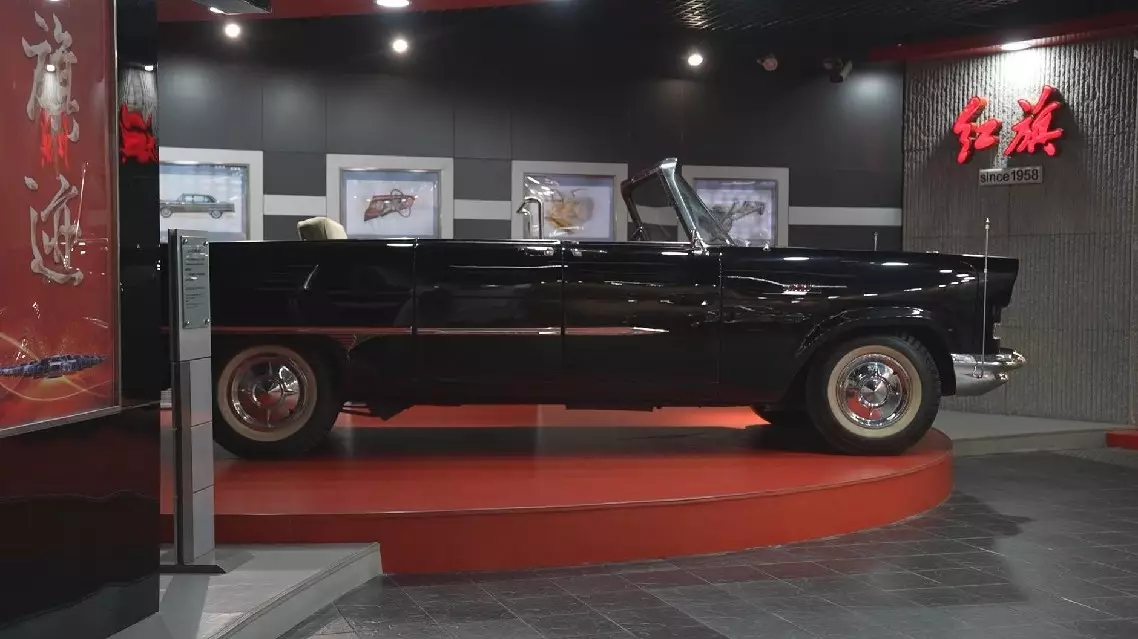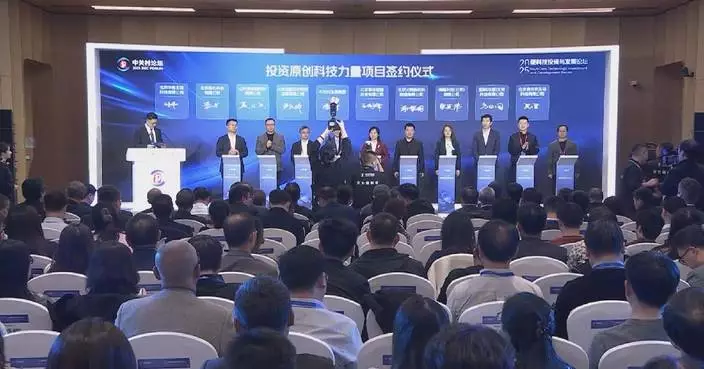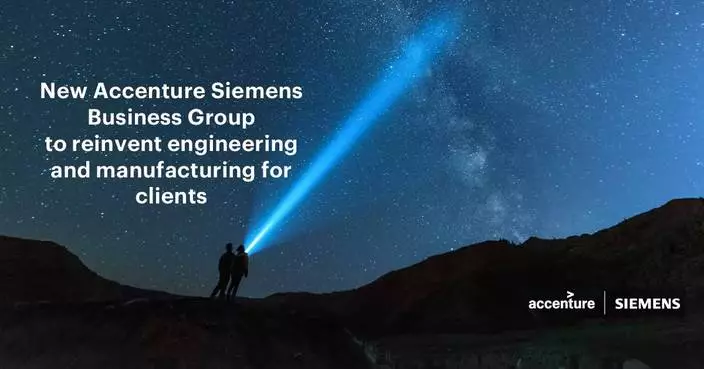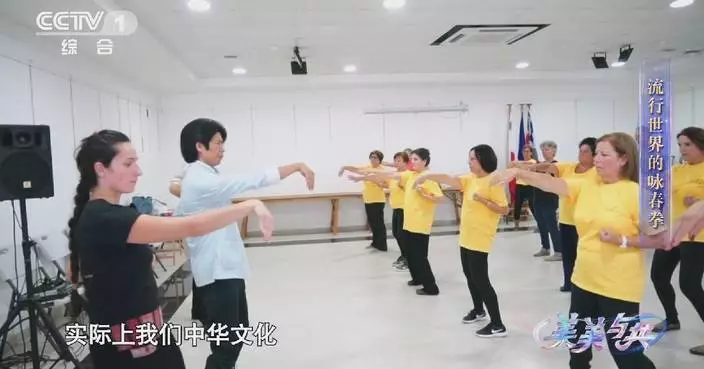Hongqi, an iconic luxury car brand under China's leading automaker FAW Group Co., Ltd., is staging an exhibition at its in-house museum in Changchun city, northeast China's Jilin Province, tracing the history of the brand.
Hongqi, which means "red flag", was established in 1958. Hongqi vehicles have since been regularly used in major national events.
FAW Group, which was founded in 1953 in Changchun, is regarded as the pioneer of China's auto industry, opening a new chapter for the country to make its own cars.
The exhibition held at the Hongqi Cultural Exhibition Hall traces the past 71 years with surprises for visitors, including some famous Hongqi parade cars.
"Since June 30, 1958, FAW workers worked against the clock to complete the trial manufacturing task. After days and nights of hard work, they produced the car body, V8 engine, and hydraulic transmission. Later, Hongqi developed special models, some of which were used by top leaders and for receiving foreign guests. This Honggi CA72 is China's first home-made limousine developed for the 10th National Day parade. The car looks magnificent and elegant with the shape of a cruiser," said Xu Dongming, director of the exhibition hall.
Over the past 70 years, China's automobile industry experienced rapid development. In 2023, China's auto production and sales exceeded 30 million units for the first time.
Today, with the rapid rise of Chinese brands, FAW has also become a global leader in the auto sector. The FAW production plants have changed dramatically from its early days of labor-intensive production lines.
The Fanrong plant in the FAW Hongqi Manufacturing Center has fully adopted automatic assembly technology and has achieved 100 percent digitalized interconnectivity and control of manufacturing quality in all areas.
"We produce our cars at a beat of 54 seconds. Our factory integrates flexibility, intelligence, automation and information technology, and we have achieved full robot production in many aspects. The quality test of our vehicles is also of a very high standard, such as our rain test, where the vehicle is not affected by rain at a rate of 25 millimeters per minute," said Dong Wei, final assembly director at FAW's engineering technology department.
Visitors can now enjoy the exhibition of Hongqi's vehicles or tour its modern factory, giving more people a glimpse into the little-known stories of China's automobile industry.
"As an inheritor of China's automobile industrial legacy, we want to let more people understand the history and spirit of our brand, to feel its development through history and toward the future. This also represents the integration of automobile culture into Changchun's cultural tourism industry. We aim to create a unique cultural tourism concept for our brand and achieve a win-win outcome for the city's tourism and industrial transformation," said Yang Jiuliang, project manager of FAW's cultural travel department.
From pathfinder to pioneer, FAW has created many special moments, representing the epitome of Chinese domestic brands' determination to stand out in the world through innovation and perseverance.

Exhibition traces history of iconic Chinese car brand
















































